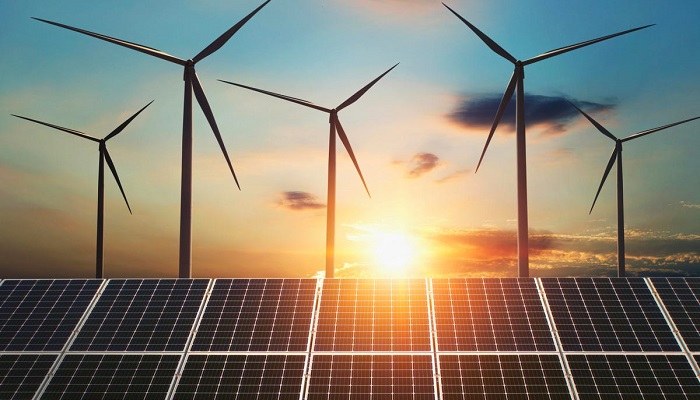A dip in the cost of solar energy as well as wind and battery storage means that Japan can avail 90% of its power generation from clean electricity by 2035, according to a study by the Lawrence Berkeley National Laboratory, which is backed by the US energy department.
The study also puts forth the fact that Japan’s power grid, which has extra battery storage as well as inter-region transmission lines, can be trusted without coal generation or even new gas-fired power plants.
Notably, the group of seven countries, which includes Japan, committed in 2022 to majorly decarbonize their respective power sectors by 2035 so as to tackle climate change; however, Tokyo is yet to map out a clear pathway towards the goal.
The fact is that resource-poor Japan faces a prominent energy security risk since it imports almost all of the fuel used in its power industry. It is well to note that clean electricity, which is generated from wind, solar, hydrocarbon, biomass, nuclear, and hydrogen sources, accounts for 24% of the total.
As per the study, raising the share to 90% is going to cut the electricity costs as well as power sector emission cost by 6% and 92% respectively from the levels found out in 2020. But it also stated that clear policies like setting the mid-term targets beyond 2030 as well as corresponding renewable deployment targets were essential to take the best out of environmental, economic and energy security benefits.
The research happens to be based on modelling using the recent coal data on batteries and renewables and is consistent with the country’s G7 commitment as well as 2030 policy objectives. Apparently, Japan is looking to slash greenhouse gas emissions by 46% by 2030 vis-à-vis 2013 levels by pushing up renewable energy in its electricity mix to somewhere between 26% and 38%, double the 2019 levels, and also adding nuclear power to 20% and 22% from 6% in 2019. Japan, which happens to be the world’s fifth highest emitter looks to achieve neutrality in carbon by 2050.
With the least mix of generation, under the scenario, renewable power that includes floating offshore wind, storage, and transmission would account for 70% of the electricity mix by 2035, with gas-fired power as well as nuclear power accounting for 10% and 25%, respectively, as the existing coal power plants get phased out, as per the study.







































